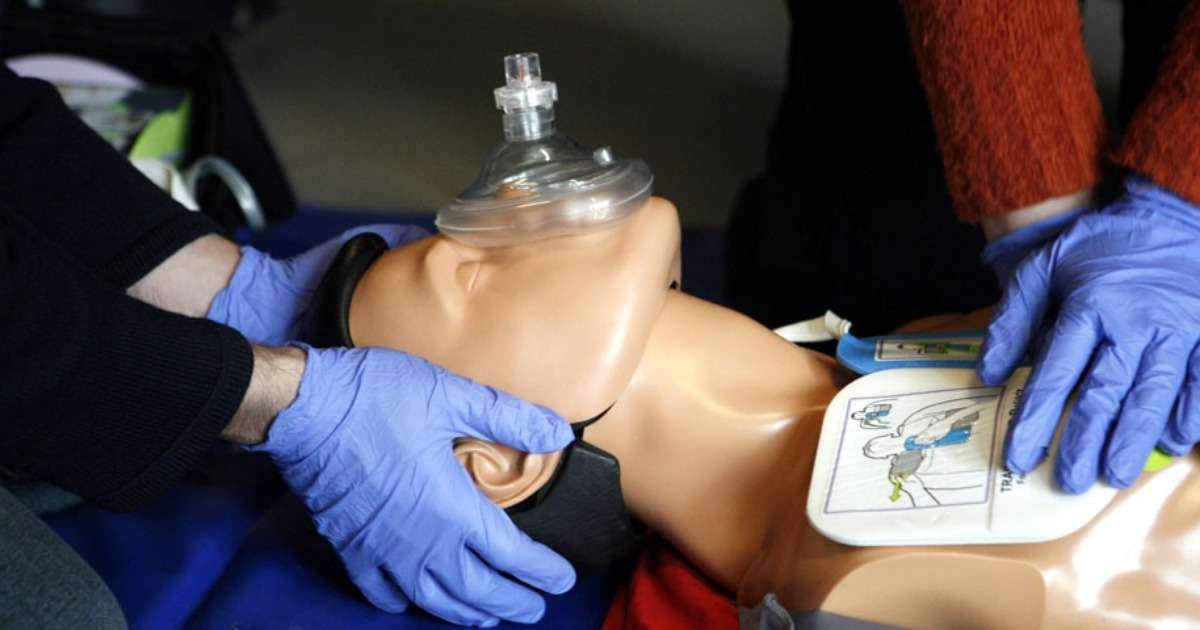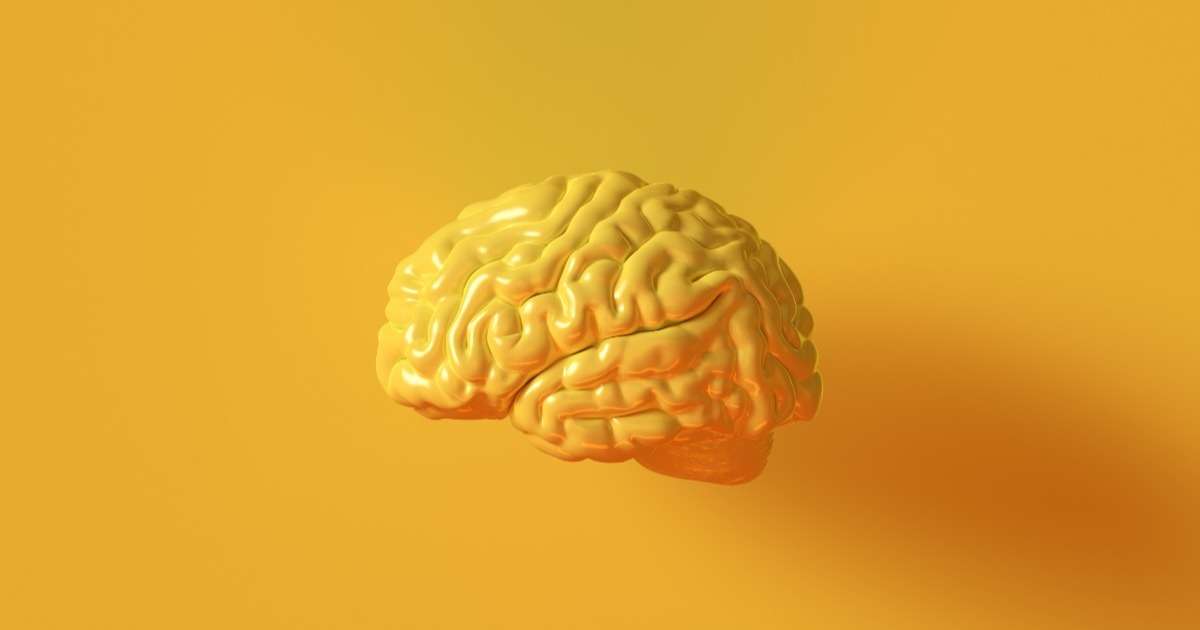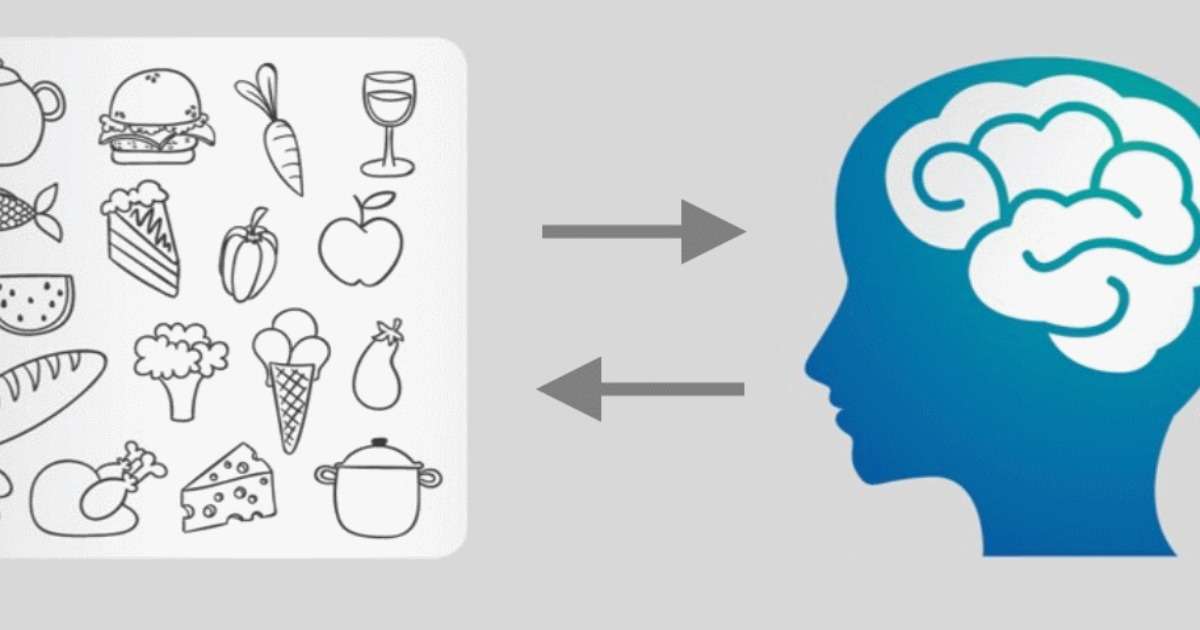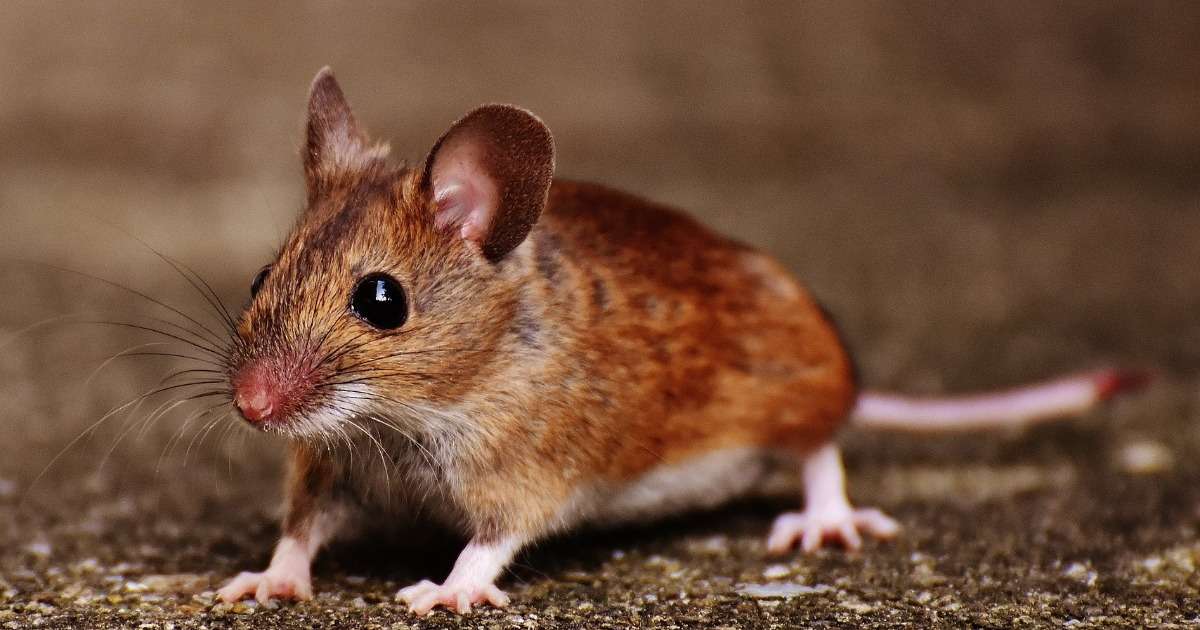Filter on
human behavior research categories

How to assess medical team effectiveness
Healthcare professionals working in an operating or emergency room, frequently deal with unpredictable situations in which they need to stay focused and think clearly. How do they manage that?

Cognitive neuroscience: the basics
What is cognitive neuroscience? As my professor once said, it is the overlapping science of the ‘dry and the wet’ part of the brain.

Food and Cognition project
The Food and Cognition project will form a cluster of partners in the East of the Netherlands, who will exchange knowledge on the topics of eating behavior, targeted nutrition and enabling technologies.

The ultimate list of Usability Lab software tools
For those of you interested in what we offer for usability studies, see how we can get you the analysis you need quickly, easily, and reliably with our UX tools. These are the Usability lab software tools you want to use!

Hemineglect - and how to study recovery from it
Hemineglect is a condition caused by strokes or brain damage in which part of the sensory inputs to the brain are ignored and it is as if that part of the world which is sensed doesn't even exist.

Two examples of on-site observational studies with older persons
In certain cases, observations for your study are best performed on-site. In this blog, we describe examples of observational studies with older age groups, conducted at home or at a healthcare facility.

The effects of negative campaigning on emotions
Do people display different emotions when they watch a commercial with or without negative campaigns? Sabine Dennert shares her findings in this guest blog post.

What does an infant’s gaze tell us about how hungry they feel?
McNally and her colleagues developed a coding scheme to observe infant gaze behavior and applied it in a study of complementary feeding.

How do children interact with their older autistic siblings?
In celebration of World Autism Awareness Day, this blog post focuses on the social interactions between children and their older autistic siblings.

Serious gaming reduces anxiety in children
What is the effectiveness of the applied game called MindLight in teaching children how to cope with anxiety? Wols et al. investigated this game-based intervention.
Filter on
animal behavior research categories

Putative neurorestorative drug for Parkinson’s disease tested in zebrafish
About zebrafish and their important role in finding a cure for Parkinson’s disease.

Strain differences in zebrafish behavior and physiology
A zebrafish is not just a zebrafish. Strain differences in zebrafish behavior and physiology.

Tracking chickens: A promising approach for identifying feather-peckers
Manually observing chickens in barns is a tedious job to which ultra-wideband tracking offers a solution. But does it interfere with normal behavior?

Why it doesn’t seem fair to prefer male mice in behavioral studies
Is it justified to use male mice only in behavioral studies, as many diseases affect men and women differently? This might be the most important argument to favor including female mice in certain studies.

IR backlight in rodent behavioral testing
How do mice act in complete darkness? Ann-Kristina Fritz and her colleagues ordered a large, round open field with IR backlight, custom made by Noldus, to investigate.

Brain & behavior: data integration in horse studies
EEG recordings – they produce useful data, but are not always easy to obtain in animal studies. You can’t really ask a horse to sit still, so these researchers invented a promising new system for EEG recording.

Behavioral tests to select police horses
The personality of police horses influences how well they do in their ‘job’. That’s why personality tests are important for both animal and human welfare and safety.

Gait recovery and other effects: treatment of cervical myelopathy
At the Dr. Michael Fehlings' lab, they are on a quest to find out what exactly causes the lower success rate of delayed surgery in cervical myelopathy.

Video tracking makes bird watching much easier
Everyone with children knows the phenomenon that what is good for a child is not always the best for a parent. The same counts for birds.

Ticking clocks – tides and activity peaks in American horseshoe crabs
Recently, I came across an interesting paper in which American horseshoe crabs were video-tracked to investigate their internal clocks.
